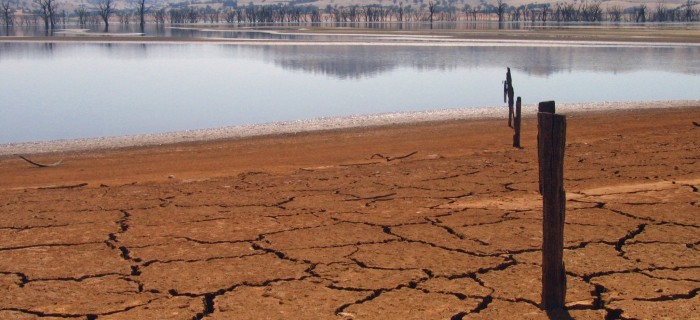Climate Change and Food Sovereignty: The People’s Climate March
The best intentions of world leaders tend to sputter and fail without the power of social movements pushing hard to ensure they actually do the right thing.
That is why on Sunday, September 21, people from more than 750 organizations will converge in New York City for the People’s Climate March. The march aims to amplify the voices of the climate justice “movement of movements” at the meeting of the UN climate summit. Participants include more than explicitly climate-focused groups like 350.org and Citizens’ Climate Lobby — there are also dozens of organizations representing workers’ rights, women’s rights, anti-war activism and significantly, the movements for food justice and food sovereignty.
What do food movements have to do with climate change? More than you might realize.
First of all, the people in these movements — underserved urban communities, farm and food workers, peasant farmers, fishers and pastoralists — not only suffer the highest levels of hunger, food insecurity and diet-related disease; because they are low-income and live in precarious communities, they are also the most vulnerable to the negative impacts of climate change.
The people in these movements–underserved urban communities, farm and food workers, peasant farmers, fishers and pastoralists–not only suffer the highest levels of hunger, food insecurity and diet-related disease; they are also the most vulnerable to the negative impacts of climate change.
The same corporate food regime that causes food insecurity, increases diet-related diseases and drives smallholders off the land also contributes significantly to environmental degradation: 14 percent of global greenhouse gas emissions result from industrial agricultural activities, which also pollute waterways and create massive “dead zones” with fertilizer runoff. Another 15 percent of GHG are associated with the 2500+ food-miles from farm to fork.
When food prices rise due to climate-related crop failures or an increase in the price of oil, already underserved communities are driven to consume even more cheap, processed food — a major cause of diet-related disease and obesity in the first place.
Second, not only are changes to the food system central to climate mitigation and adaptation efforts, food production is the site for remediation: the structural changes that reduce vulnerability and build resilience.
Stay in the loop with Food First!
Get our independent analysis, research, and other publications you care about to your inbox for free!
Sign up today!Agroecology–the science and practice of sustainable agriculture–has been adopted by food justice and food sovereignty movements alike. It offers the potential to get food production off the GMO treadmill, sequester carbon in the ground, increase biodiversity, bolster ecological and community resiliency and provide dignified livelihoods for farmers and workers.
Agroecology offers the potential to get food production off the GMO treadmill, sequester carbon in the ground, increase biodiversity, bolster ecological and community resiliency and provide dignified livelihoods for farmers and workers.
(And yes, in the Global North it can produce just as much food per acre as conventional agriculture. In the marginal and fragile rain-fed lands of the Global South, it outperforms conventional agriculture in productivity, energy use, resilience and smallholder income).
The People’s Climate March calls for “an economy that works for people and the planet; a world safe from the ravages of climate change; a world with good jobs, clean air and water, and healthy communities.” Rather than spinning our wheels with endless techno-fixes and a food system that undermines our health and heats the planet, climate justice seeks to make profound changes to the practices and the social-economic structures creating climate change in the first place.
(To read and comment on the Huffington Post, click here.)


 Help Food First to continue growing an informed, transformative, and flourishing food movement.
Help Food First to continue growing an informed, transformative, and flourishing food movement.




